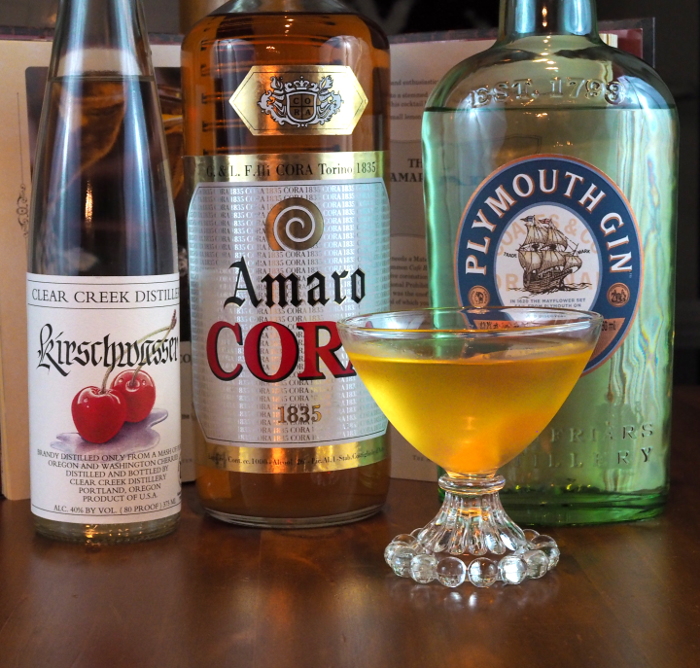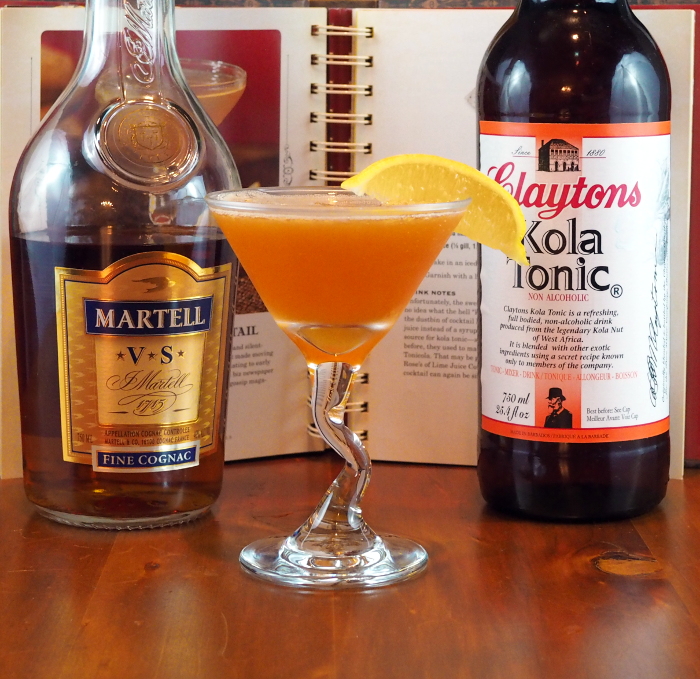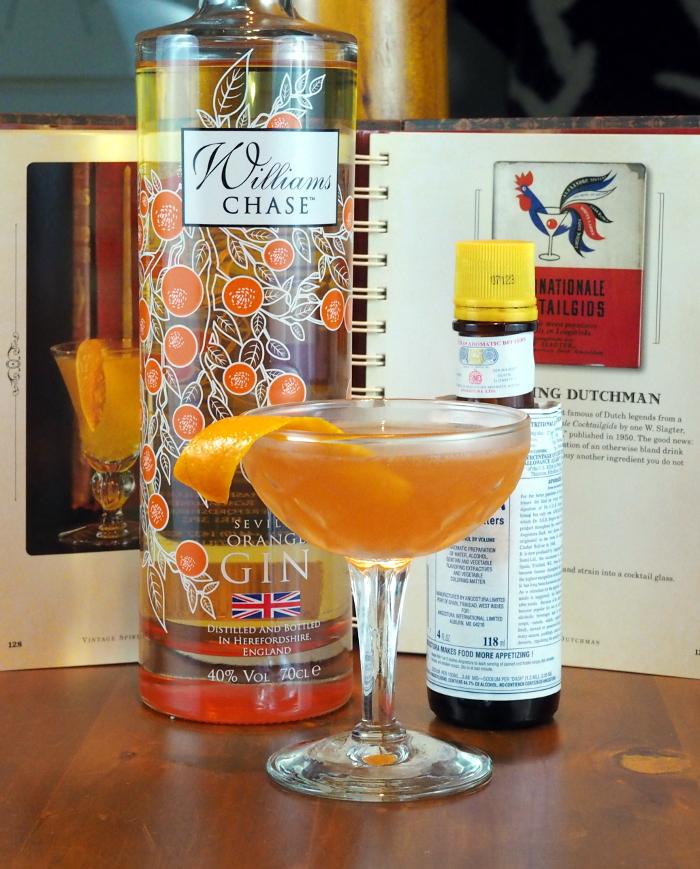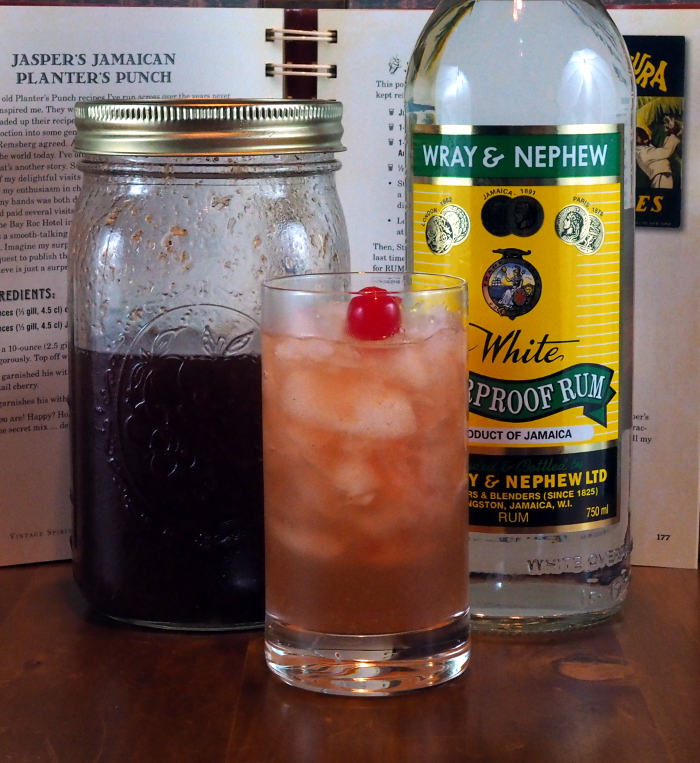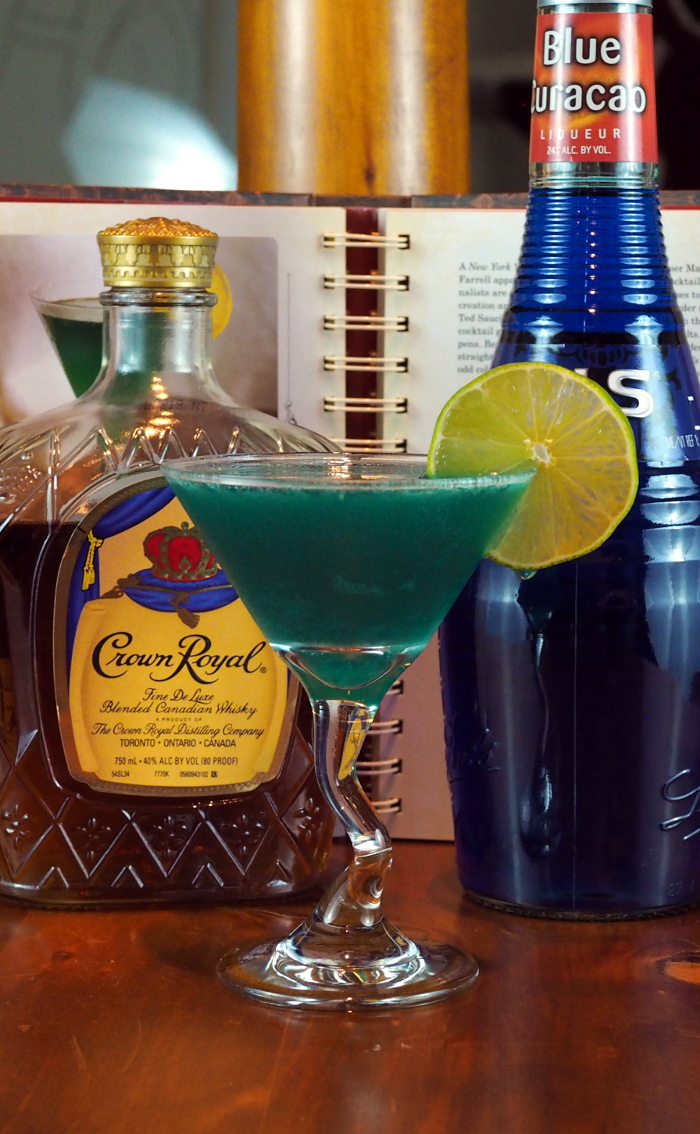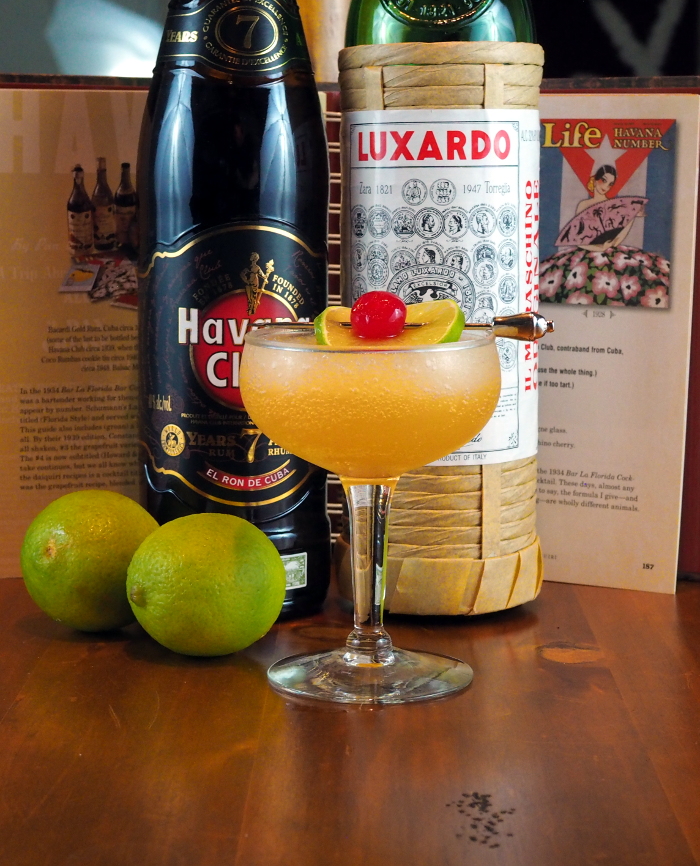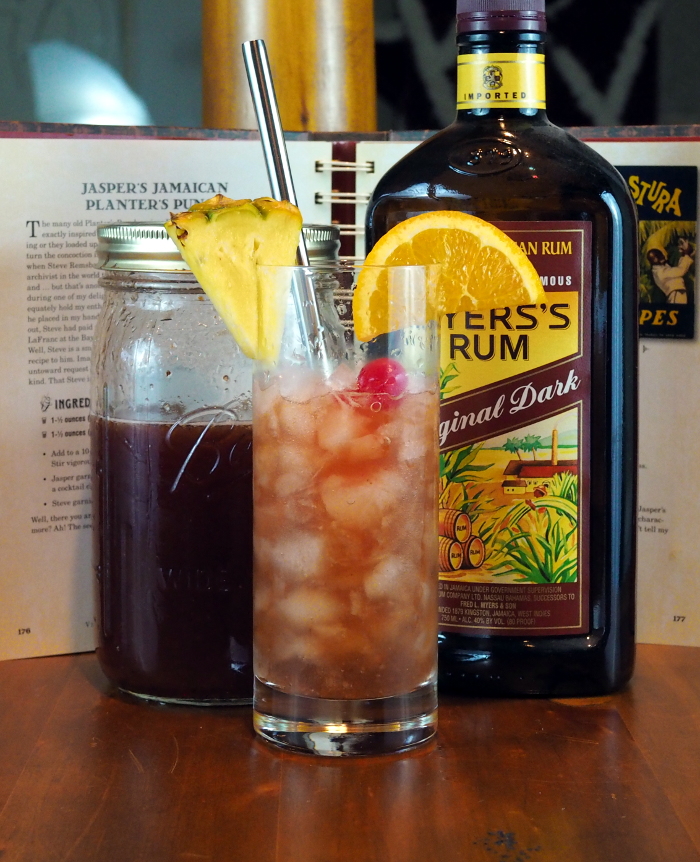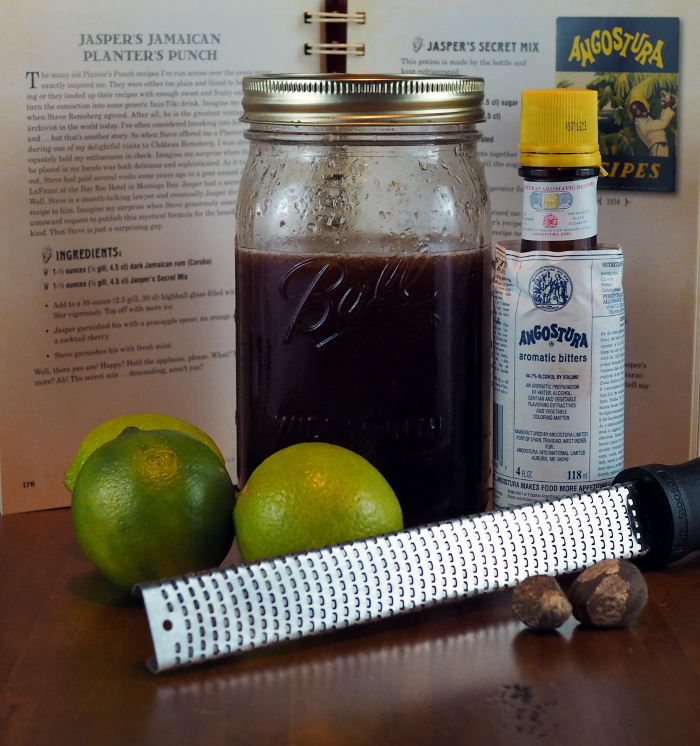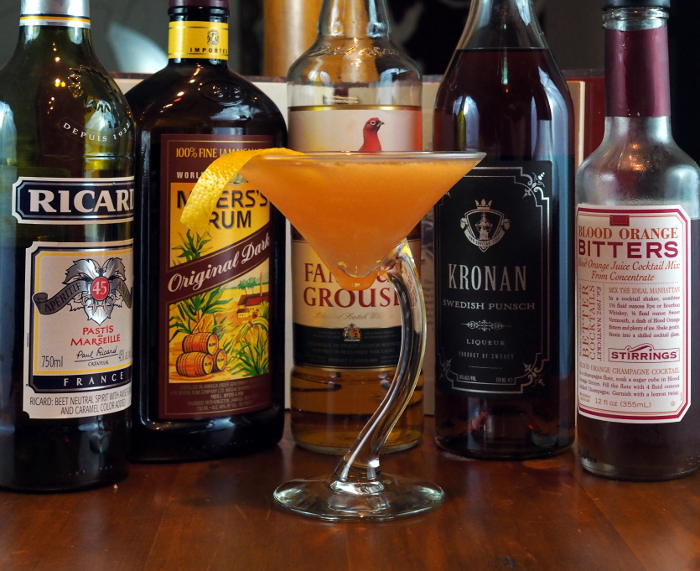With lemonade from England I was finally able to make the Fred Collins Fiz:

- 2.0 ounces bourbon or rye whiskey
- 0.5 ounce simple syrup
- Juice of one lemon
- 1 teaspoon orange curaçao
- 6.0 ounces lemonade
Mix the bourbon, simple syrup, and lemon juice in an iced cocktail shaker and shake. Strain into a large bar glass that is half filled with shaved (or finely crushed) ice. Add the curaçao. Pour the lemonade into a collins glass and port the contents of the bar glass into it.
I was very unhappy when I returned from a trip to the UK and realized this drink requires British “lemonade”, which is a fizzy lemon flavored soda sort of like Sprite. I, of course, didn’t get any.
I was lucky that my friend Jeff was going through there, so he picked me up a liter from Tesco’s, and it is hard to get more British than that.
This is a mighty tasty libation. Autumn is in full swing here, and while I would enjoy this drink on any day it would be especially good in the heat of summer. This is a cocktail in the vein of all things “Collins” but I do prefer it with whiskey.
If you can’t find British-style lemonade, there is a shortcut you can take. If you can get it, find the Canada Dry soft drink called Wink. Then just mix it between 3:1 to 4:1 with your favorite whiskey. It’s not quite as good as this recipe, but it will surely do.
Rating: 5/5
Notes: I used Maker’s Mark 46 along with Senior Orange Curaçao.

